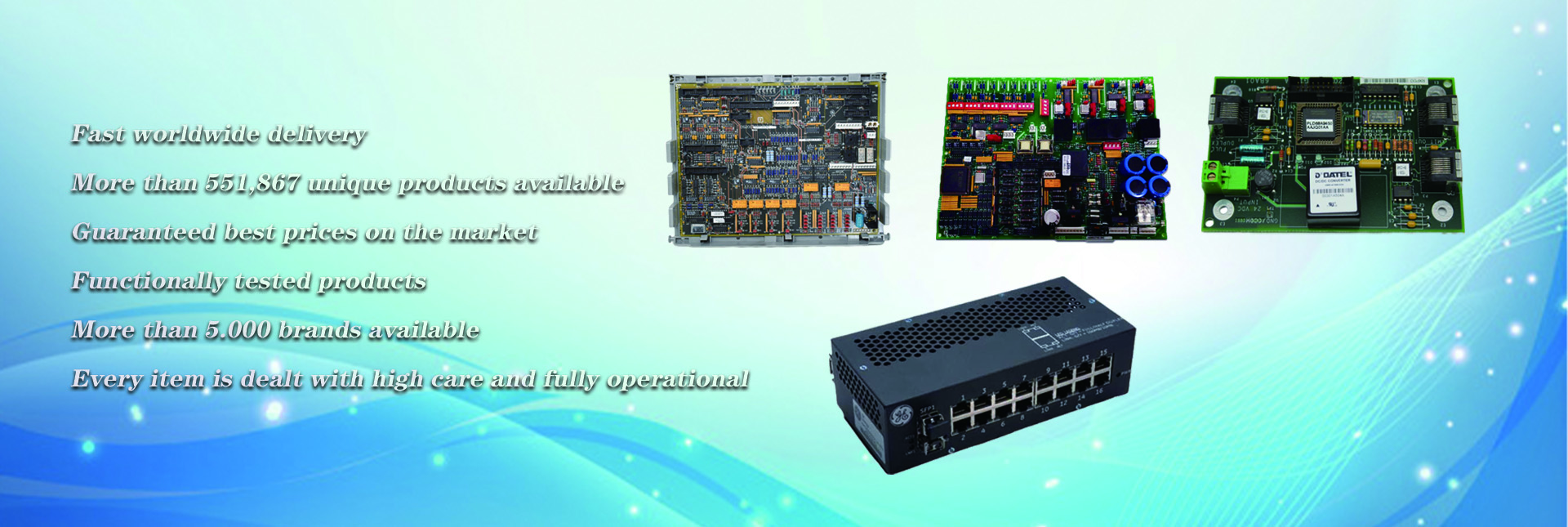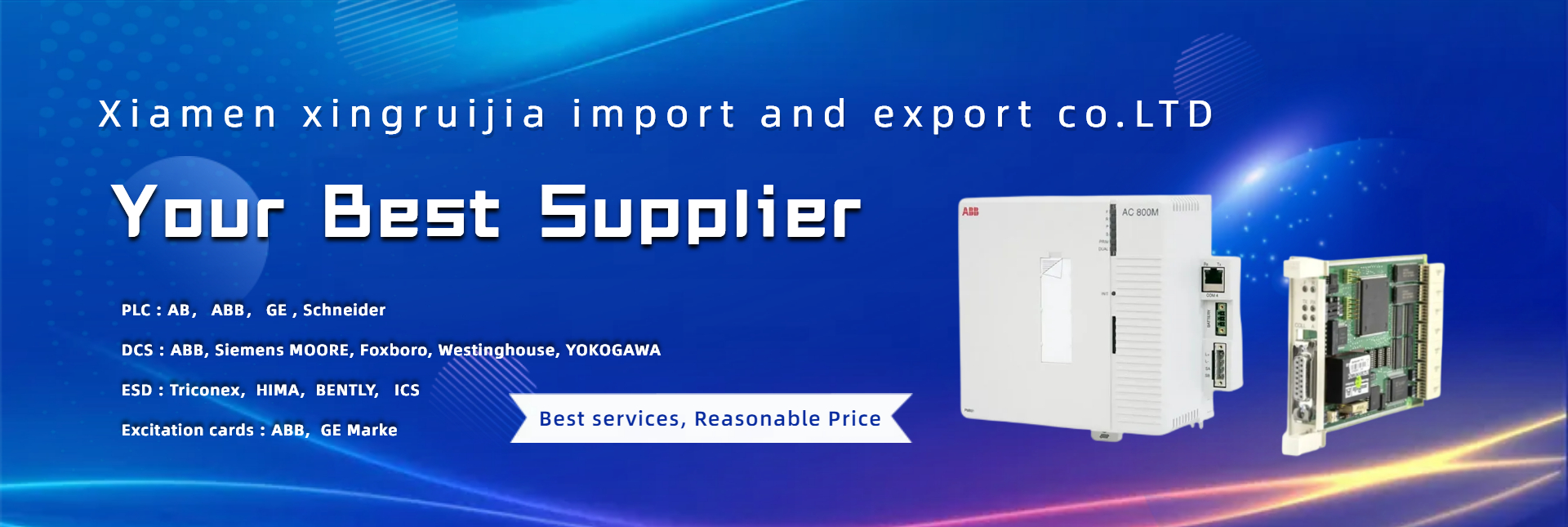Industrial Ethernet technology has become one of the most popular communication networks because of its low price, stability and reliability, high communication rate, rich software and hardware products, wide application and mature support technology.
In recent years, with the development of network technology, Ethernet has entered the control field and formed a new type of Ethernet control network technology. This is mainly due to the development of industrial automation system towards distributed and intelligent control. Open and transparent communication protocol is an inevitable requirement.
Ethernet technology is introduced into the field of industrial control, and its technical advantages are very obvious.
Industrial Ethernet manufacturing now has the power of information and the rapidity of control, which can realize fast serial connection and control, laying a good foundation for modern industrial manufacturing to realize the true “E-net to the end”.
Industrial Ethernet has been considered as the best solution for the future control network by the industry, and is also the mainstream technology in the current field bus. The new leader of industrialization was born.
The evaluation of industrial Ethernet design standards or basis should be roughly divided into the following four points:
(1) Communication certainty and real-time
The biggest characteristic of industrial control network, which is different from ordinary data network, is that it must meet the real-time requirements of the control function, that is, the signal transmission must be fast enough and meet the certainty of the signal. Real-time control often requires the data of some variables to be updated accurately and regularly. Because Ethernet adopts CSMA/CD mode, when the network load is large, the uncertainty of network transmission cannot meet the real-time requirements of industrial control, so the traditional Ethernet technology is difficult to meet the real-time requirements of accurate timing communication required by the control system, and has been regarded as “uncertain” network.
Industrial Ethernet has taken the following measures to basically solve the problem:
Use fast Ethernet to increase network bandwidth
The communication rate of Ethernet has increased from 10, 100Mb/s to 1, 10Gb/s. With the same data throughput, the improvement of communication rate means that the network load is reduced and the network transmission delay is reduced, that is, the probability of network collision is greatly reduced, thus improving the real-time performance.
Adopt full-duplex switched Ethernet
Replacing the original bus-based CSMA/CD technology with switching technology avoids the collision caused by multiple sites sharing and competing for channels, reduces the waste of channel bandwidth, and also realizes full-duplex communication and improves the utilization rate of channels.
Reduce network load
The industrial control network is different from the commercial control network. The amount of real-time data transmitted by each node is very small, usually a few bits or several bytes, and the sudden large amount of data transmission also rarely occurs. Therefore, the real-time performance of network transmission can be further improved by limiting the number of network segment sites, reducing network traffic.
Application message priority technology
In the intelligent switch or hub, the real-time transmission can be improved by designing the priority of the message.
(2) Security
In the process of industrial production, many sites inevitably have flammable, explosive or toxic gases, and corresponding intelligent devices and communication equipment used in these industrial sites must take certain explosion-proof technical measures to ensure the safe production of industrial sites.
Under the current technical conditions, it is feasible to adopt flameproof and explosion-proof measures for the Ethernet system, that is, to ensure the safety of the system operation by taking flameproof measures such as increased safety, air tightness and pouring sealing for the Ethernet field equipment, so that the ignition energy generated by the fault of the field equipment itself is not leaked. For non-hazardous situations without strict intrinsic safety requirements, complex explosion-proof measures may not be considered.
Network security of industrial systems is another security issue that must be considered in industrial Ethernet applications. Industrial Ethernet can integrate the traditional three-layer network system of enterprises, namely information management layer, process monitoring layer, and field equipment layer, so that the data transmission rate is faster and real-time is higher, and it can be seamlessly integrated with the Internet to realize data sharing and improve the operation efficiency of the factory.
However, it also raises a series of network security issues. Industrial networks may be threatened by network security, including virus infection, illegal intrusion and illegal operation by hackers.
Generally, gateway or firewall can be used to isolate industrial network from external network, and multiple security mechanisms such as authority control and data encryption can be used to strengthen network security management.
(3) Stability and reliability
The traditional Ethernet is not designed for industrial applications, and does not consider the adaptability needs of industrial field environment. Because the conditions of machinery, climate, dust and other conditions on the industrial site are very bad, the copyright of Control Engineering Network is reserved, so higher requirements are put forward for the industrial reliability of the equipment. In the factory environment, the industrial network must have good reliability, recoverability and maintainability.
In order to solve the problem that the network can work stably under extreme conditions in the uninterrupted industrial application field, American Synergetic Microsystem Company and German Hirschmann, Jetter AG and other companies have specially developed and produced guideway hub and switch products, which are installed on the standard DIN rail, and are powered by redundant power supply. The connector adopts a solid DB-9 structure.
In addition, in practical applications, optical fiber transmission can be used for the backbone network, shielded twisted pair can be used for the connection of field equipment, and redundant network technology can be used for important network segments to improve the anti-interference ability and reliability of the network.
(4) Bus power supply problem
Bus power supply (or bus feed) refers to the cable connected to the field equipment not only transmits data signals, but also provides working power for the field equipment. The following methods can be adopted for power supply of field equipment:
On the basis of the current Ethernet standard, the technical specifications of the physical layer should be properly modified to modulate the Manchester signal of Ethernet to a DC or low-frequency AC power supply, and then separate the two signals at the field device end.
The current structure of the physical layer is not changed, but the idle cable in the connecting cable is used to provide power for the field equipment.
Post time: Feb-28-2023


